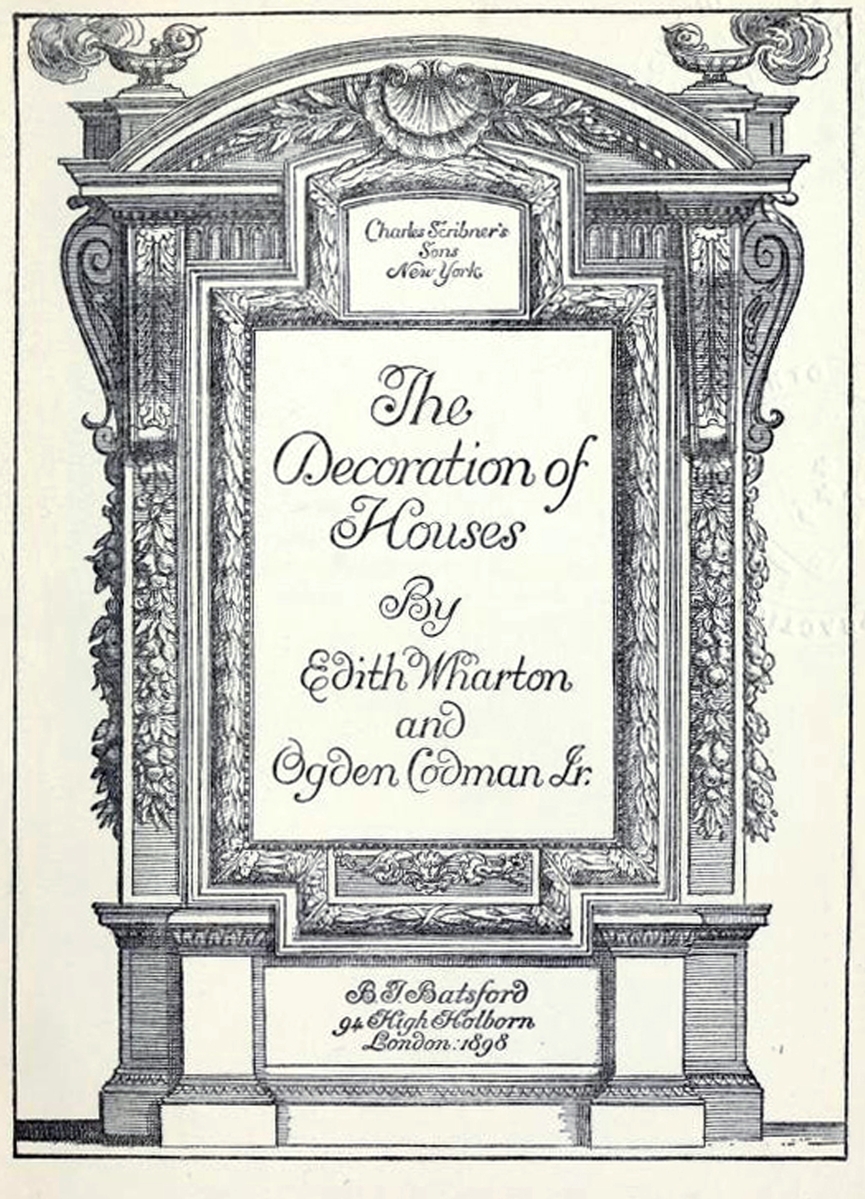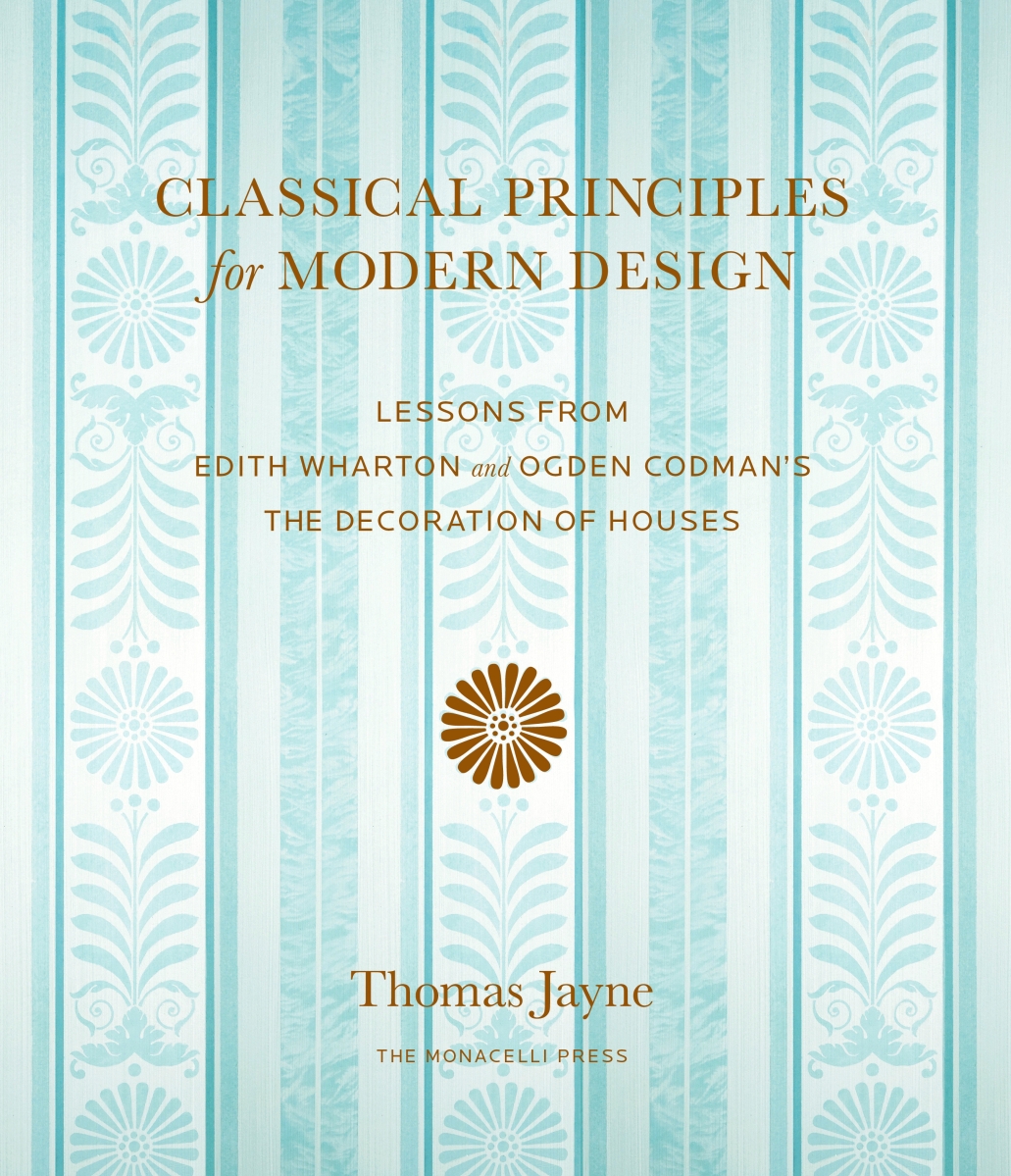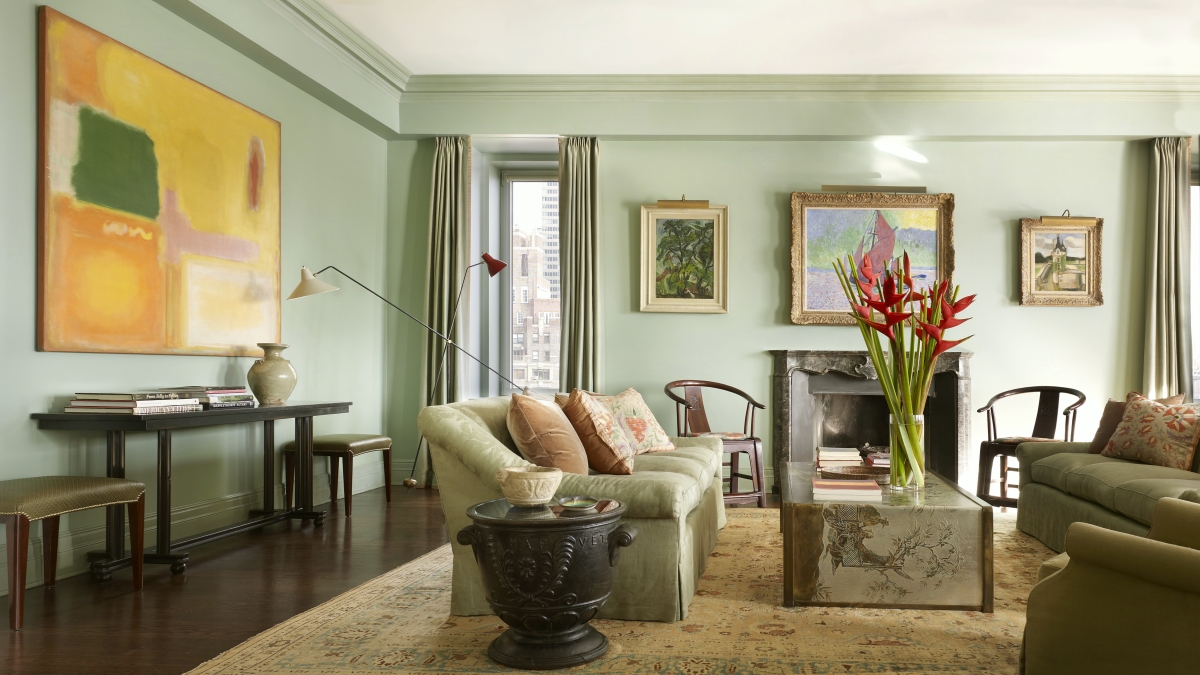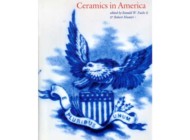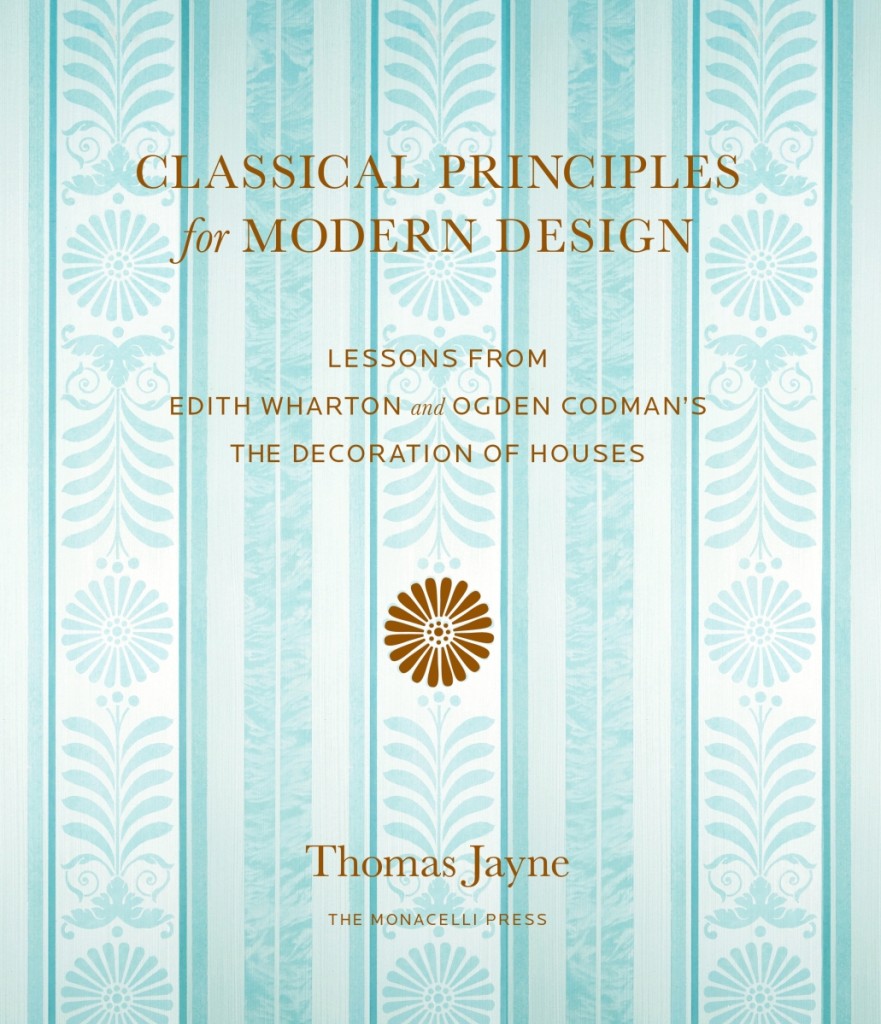
Thomas Jayne, Classical Principles for Modern Design: Lessons from Edith Wharton and Ogden Codman’s The Decoration of Houses, written with Ted Loos, the Monacelli Press, New York City, 2018; 212 pages, hardcover, $50.
At first glance, the topic of Thomas Jayne’s newest book, Classical Principles for Modern Design: Lessons from Edith Wharton and Ogden Codman’s ‘The Decoration of House,’ sounded daunting to this under-50 reader. As glowing as previous reviews have been, the subject seemed dry, intimidating and, frankly, hardly relevant for a young, general audience that is fast becoming known for discarding the trappings of previous generations in favor of HGTV-driven open-concept floor plans and affordable, if ultimately short-lived, disposal furniture.
Jayne’s book is anything but irrelevant.
In 1897, Edith Wharton and Ogden Codman co-authored The Decoration of Houses, a treatise Jayne claims on the first page of his introduction to be “the most important decorating book ever written.” While Wharton is one of the most important and memorable authors of the late Nineteenth and early Twentieth Centuries, she is most likely known for her novels rather than her contributions to the field of interior decoration. Jayne’s book not only serves as a vital fresh introduction of this important treatise to a new generation of home owners but will change how younger generations can appreciate and incorporate traditional elements into modern life.
Jayne makes what could be a very dry and stiff topic lively, understandable and inherently accessible to a broad audience with a conversational tone, lush illustrations and an easily followed organization. Younger readers, or those new to interior decorating, will find Classical Principles for Modern Design an easy and informative read. A close examination of the book explains not only how the principles remain on point but, more importantly, why they are relevant, even after 120 years. Jayne’s willingness to show where he parts company from Wharton and Codman allows for a fresh, modern interpretation that will appeal to a broad younger audience. The fields of interior decoration and design will reap the dividends from this book for years to come.
Jayne is unusual among decorators in that he has an undergraduate background in architecture and design as well as graduate work in material culture and historical objects at Winterthur Museum, near Wilmington, Del. This experience, which gave him the knowledge of historical upholstery and textiles, as well as wall, window and floor coverings, allows for him to appropriately incorporate such elements into his interiors, in turn creating additional layers of texture, richness and depth.
Jayne’s treatment of the chapters on walls, doors, windows and ceilings and color, are clearly influenced by his background, which lends a sense of authenticity to those seeking a traditional look and feel. The opening line of Jayne’s first chapter defines his interpretation of traditional decorating as contemporary decorating using historic models, which are important because their core components have been perfected over 2,000 years. Central to this is the use of organic materials, natural shapes, proportional elements and an overall visually balanced symmetry.
Several interiors featured in the book illustrate this, including a Jayne Design Studios project at Beekman Place Apartment. Both the living room and dining area blend modern and traditional elements, all of which are set off against pale celadon-colored walls. Balanced, refreshingly elegant perfection.
Classical Principles is peppered with late Nineteenth and early Twentieth Century drawings and photographs that illustrate Wharton and Codman’s tenets. In doing so, Jayne not only draws clear parallels between historical precedents and his interiors that were influenced by them, but he plainly illustrates the latitude that can be taken in adopting and adapting contemporary pieces or interiors along the proscribed lines. The library at the Rectory of St Mary the Virgin in New York City deftly showcases this point. While simpler than the library at Land’s End, Wharton’s Newport, R.I., cottage, Jayne nonetheless gives a nod to Wharton and Codman, making use of the dark wood, paneled trim and painted walls to create a tasteful and comfortable space that invites occupants.
Wharton and Codman belonged to a time and social class that saw great importance in rooms that have largely faded from use, such as ballrooms, libraries, smoking rooms and large imposing hallways. Rather than eliminate any mention of them as holdovers from a bygone past, Jayne embraces them, touting the importance of areas for specific purpose whenever possible. Rooms such as kitchens, which were not included in Wharton and Codman’s original treatise, have become so crucial to modern living that Jayne necessarily grants them a chapter as well, proving how the principles of the book can be adapted for shifts in trends and tastes.
Any book showcasing the projects of a decorator of Jayne’s caliber would be remiss without any mention of his more impressive projects. Classical Principles does not disappoint and includes elegant, formal interiors, such as those Jayne did for Crichel House, a late Eighteenth Century house in Dorset, England, that was designed by James Wyatt (1746-1813), or for Drumlin Hall, in New York’s Hudson River Valley.
And yet, in featuring these formal rooms alongside more modest projects, Jayne clearly delineates ways one can marry old and new, formal and informal, costly and inexpensive for a personal, practical and beautiful style across a broad spectrum of scale, taste and value. This will be reassuring to readers who are novices to interior decoration or bound by spatial limitations, budget or lifestyle.
A final thought must be that with which Jayne, Wharton and Codman concluded:
“There is no absolute perfection, there is no communicable ideal; but much that is empiric, much that is confused and extravagant, will give way before the application of principles based on common sense and regulated by the laws of harmony and proportion.”
Nothing could be more relevant than that.
-MHR

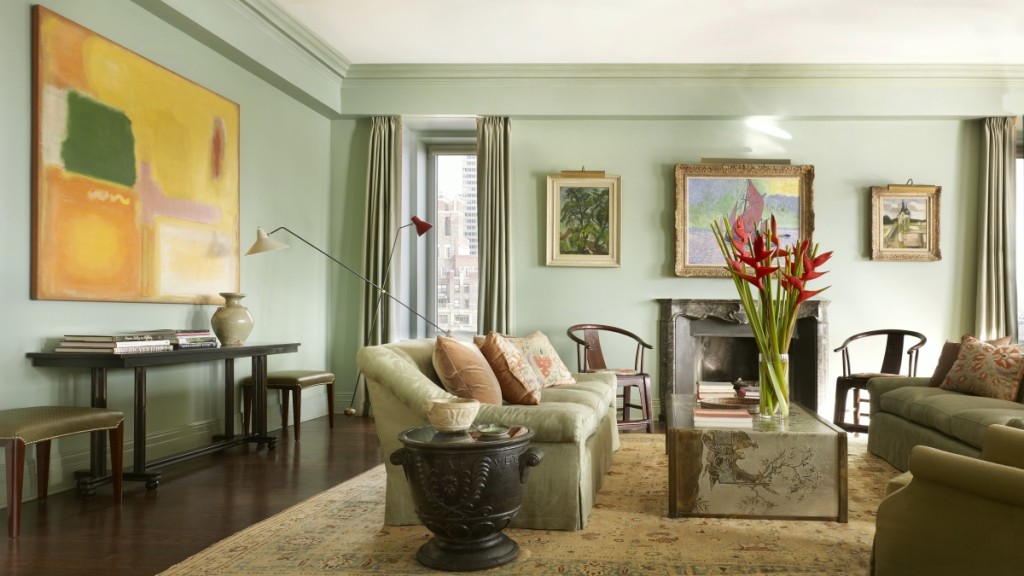
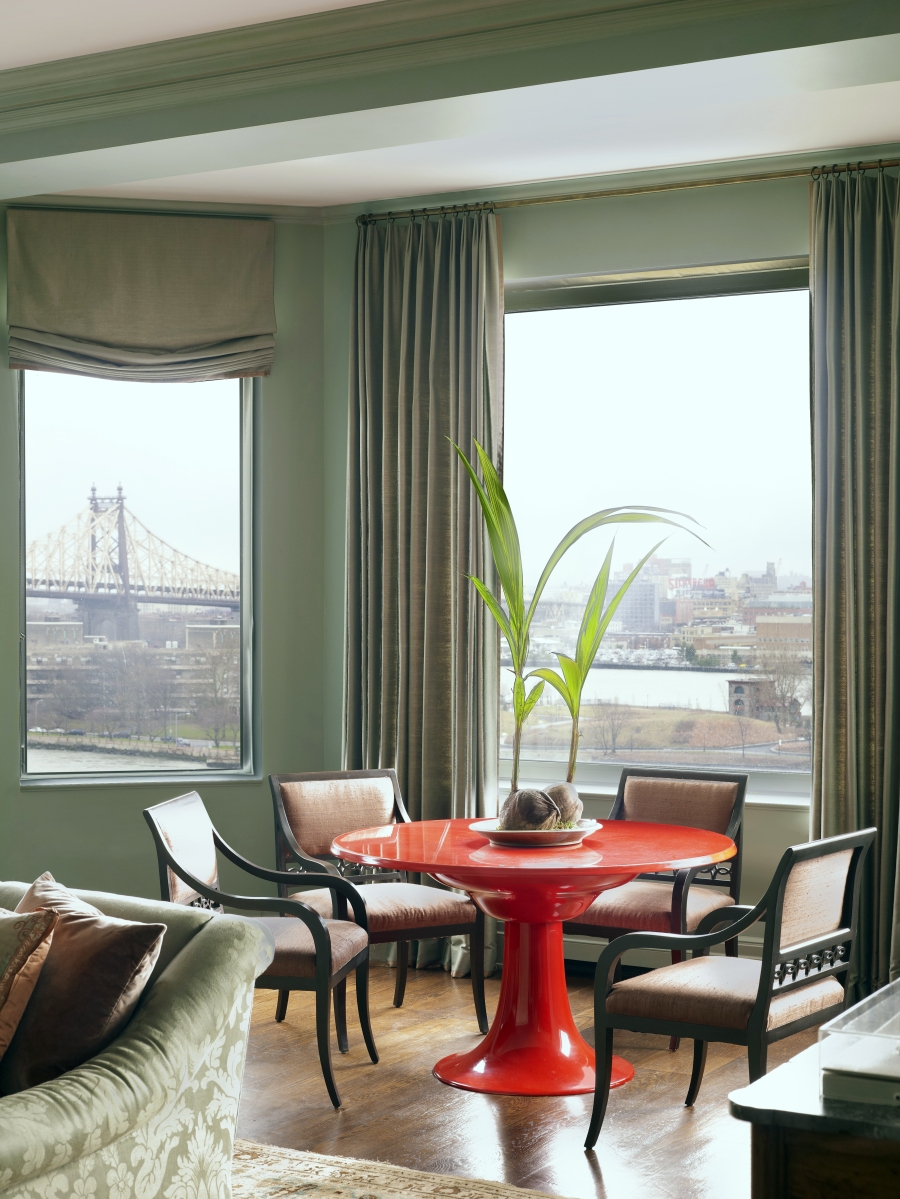
.jpg)

